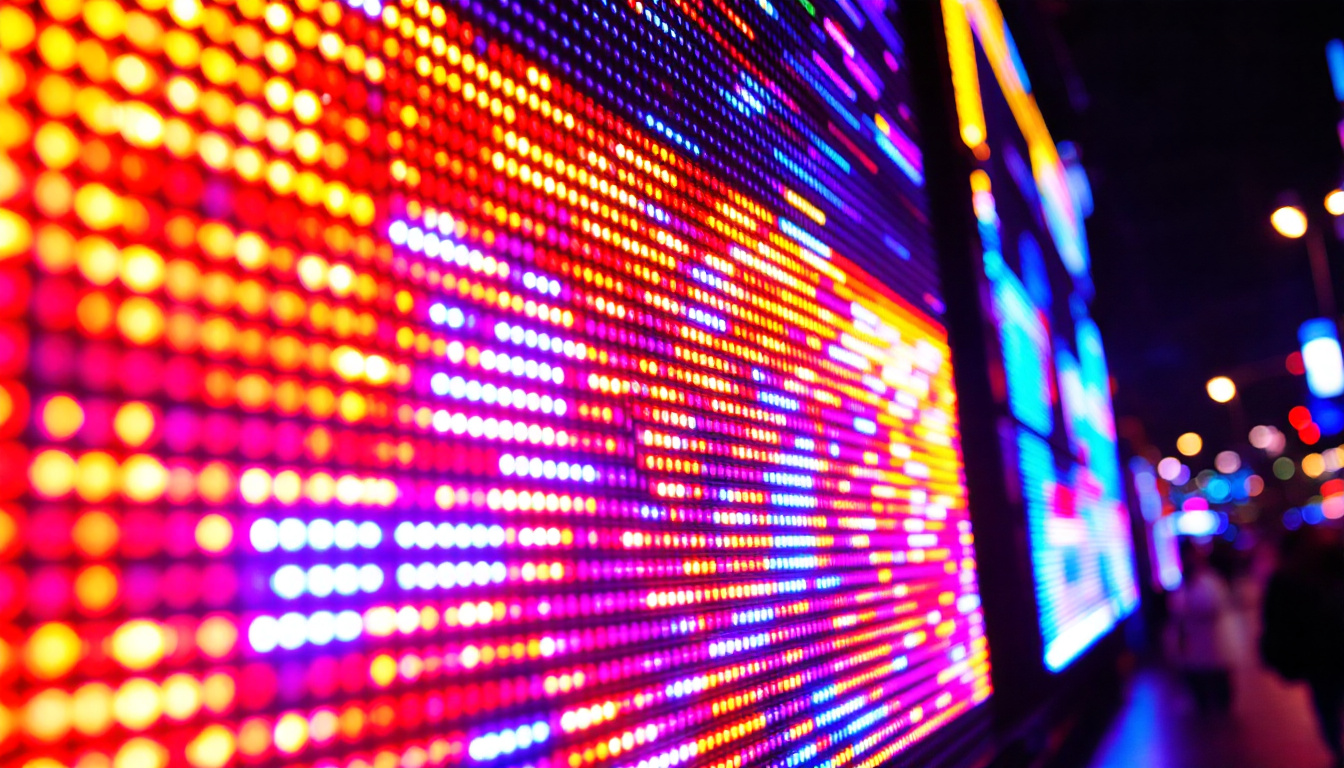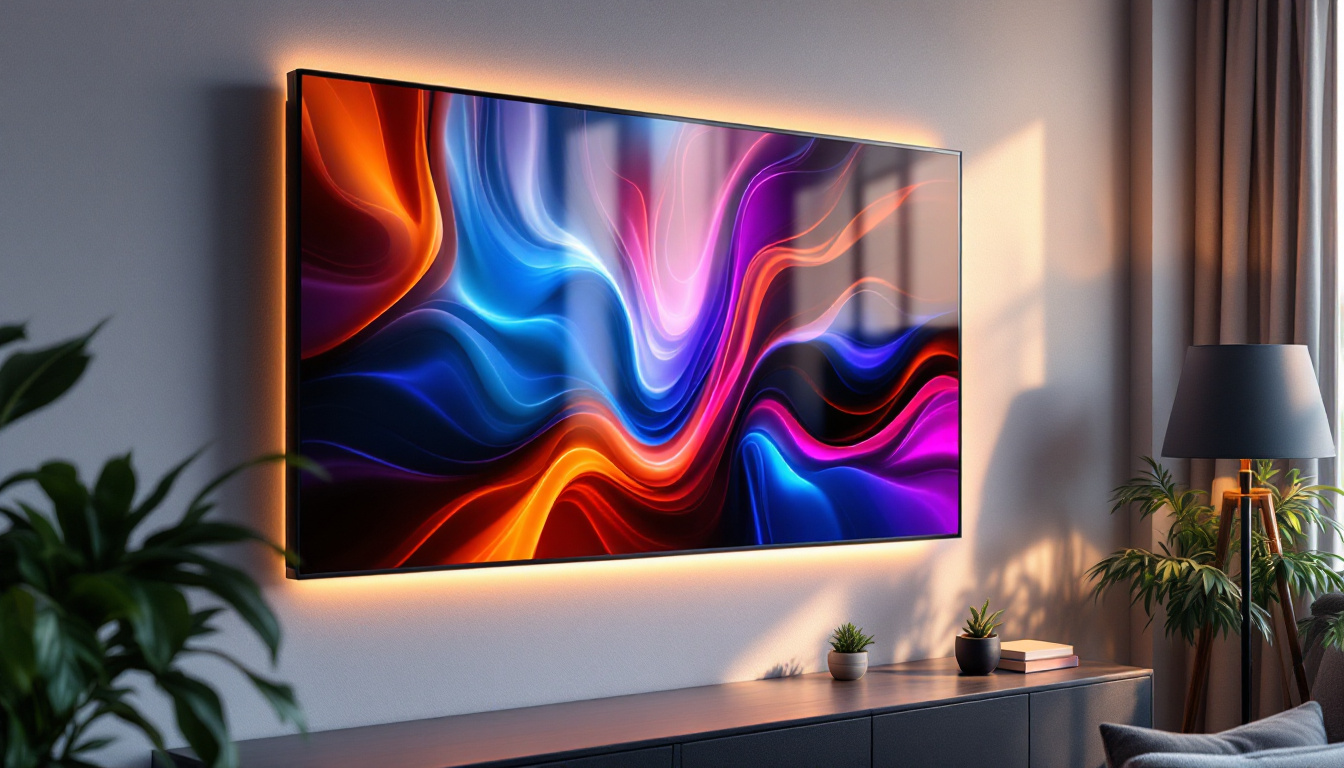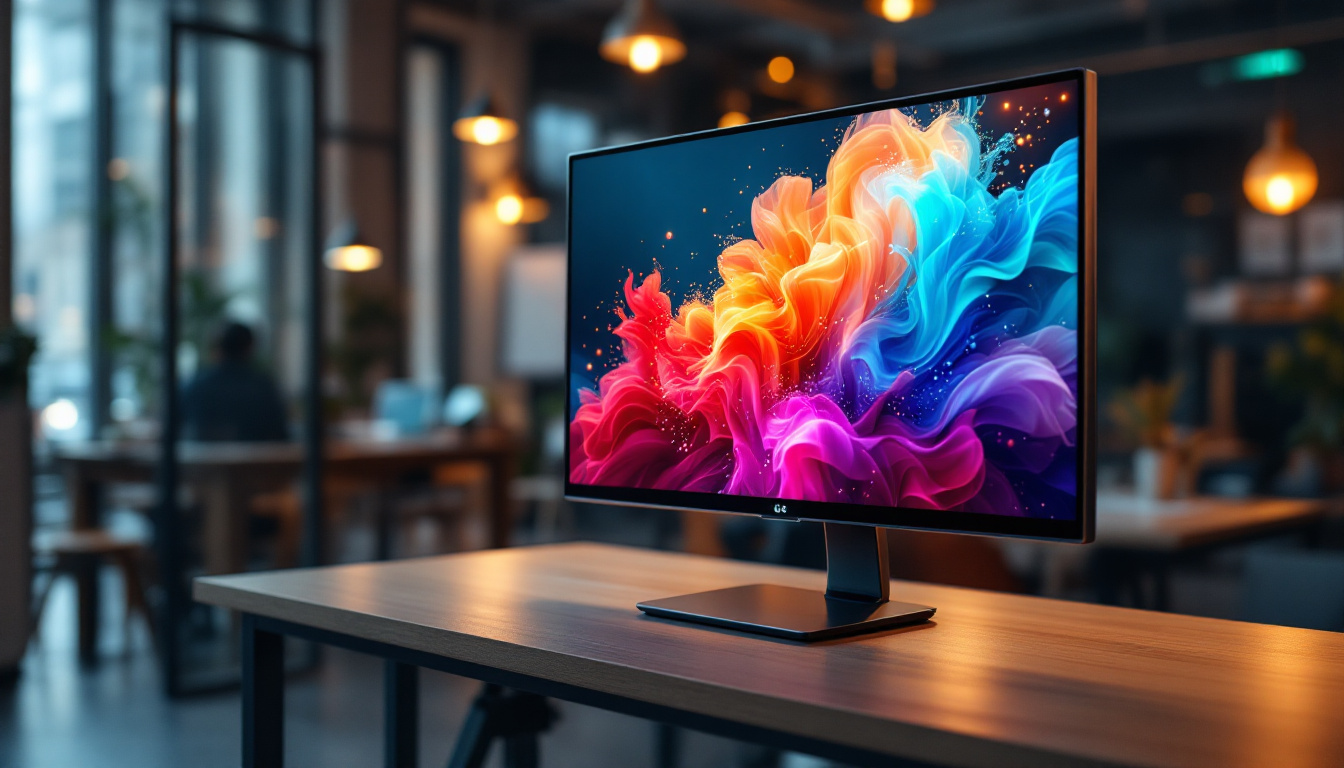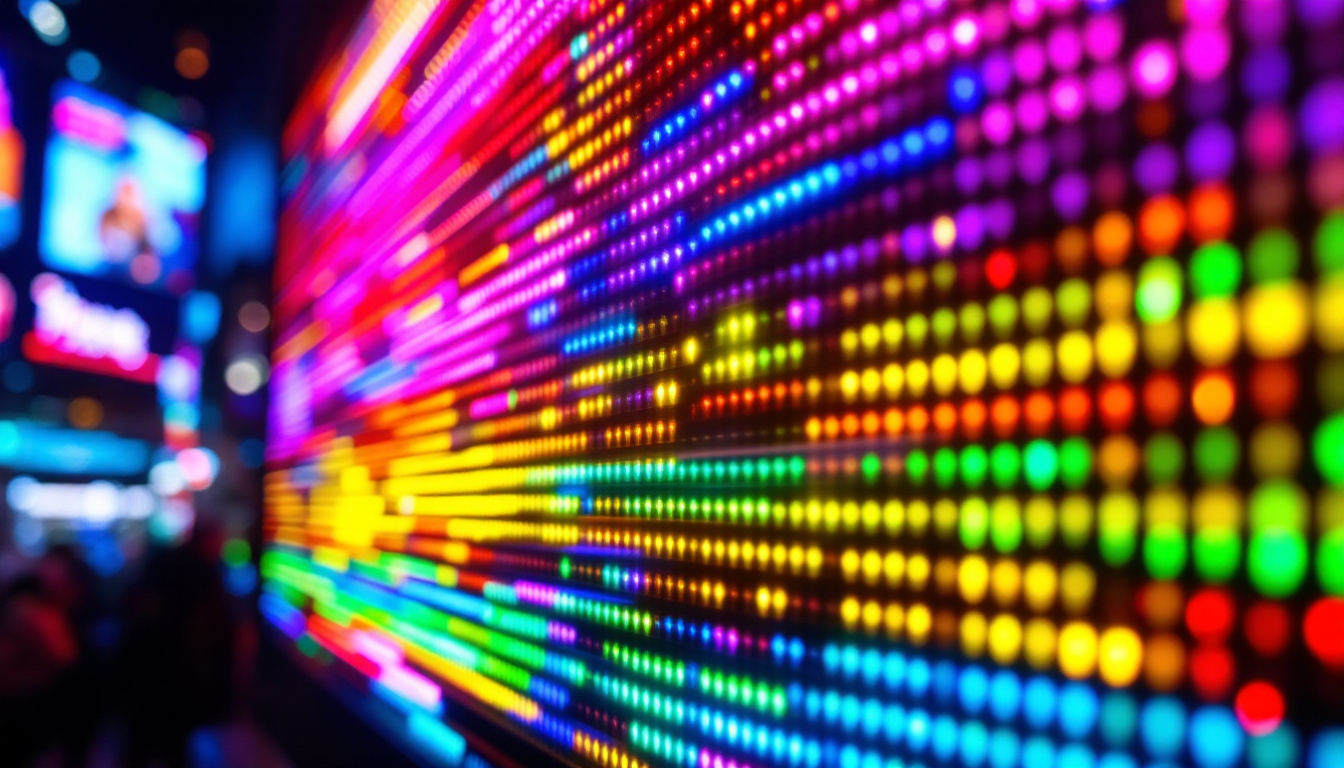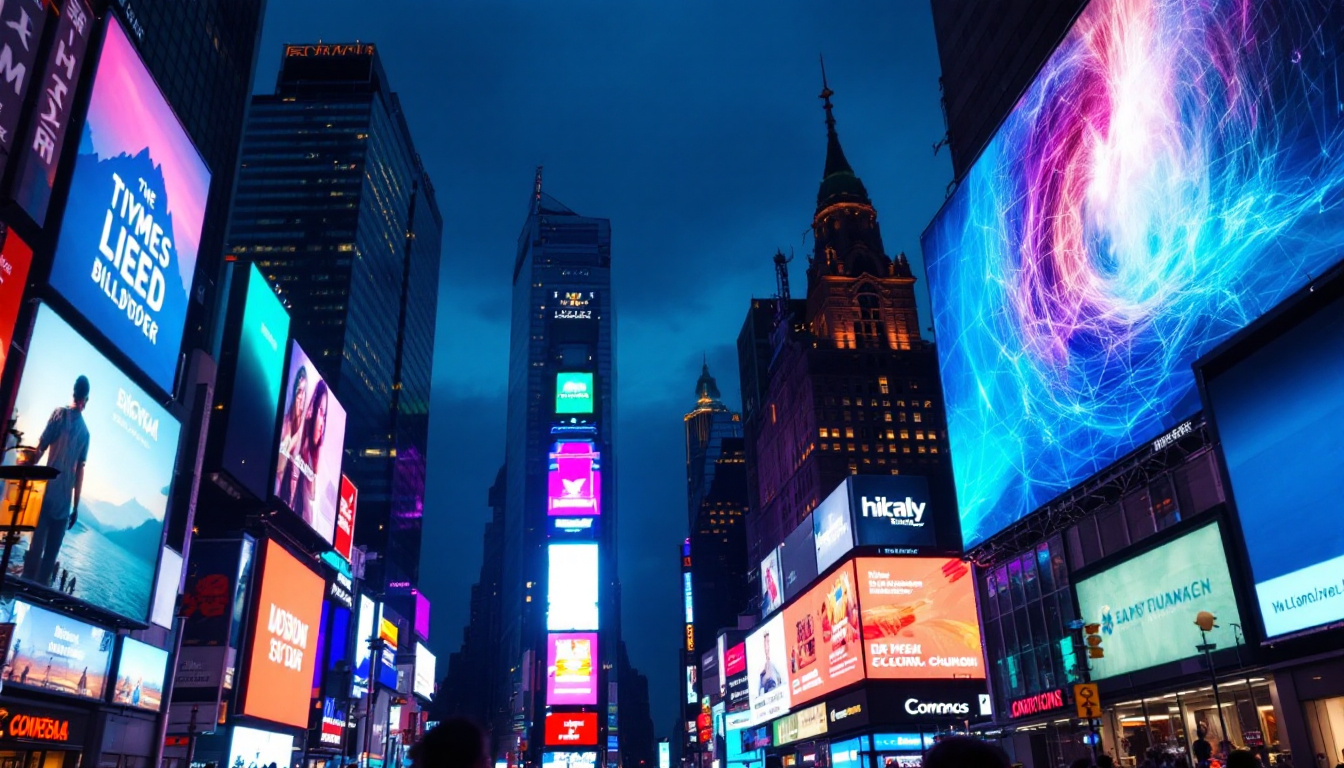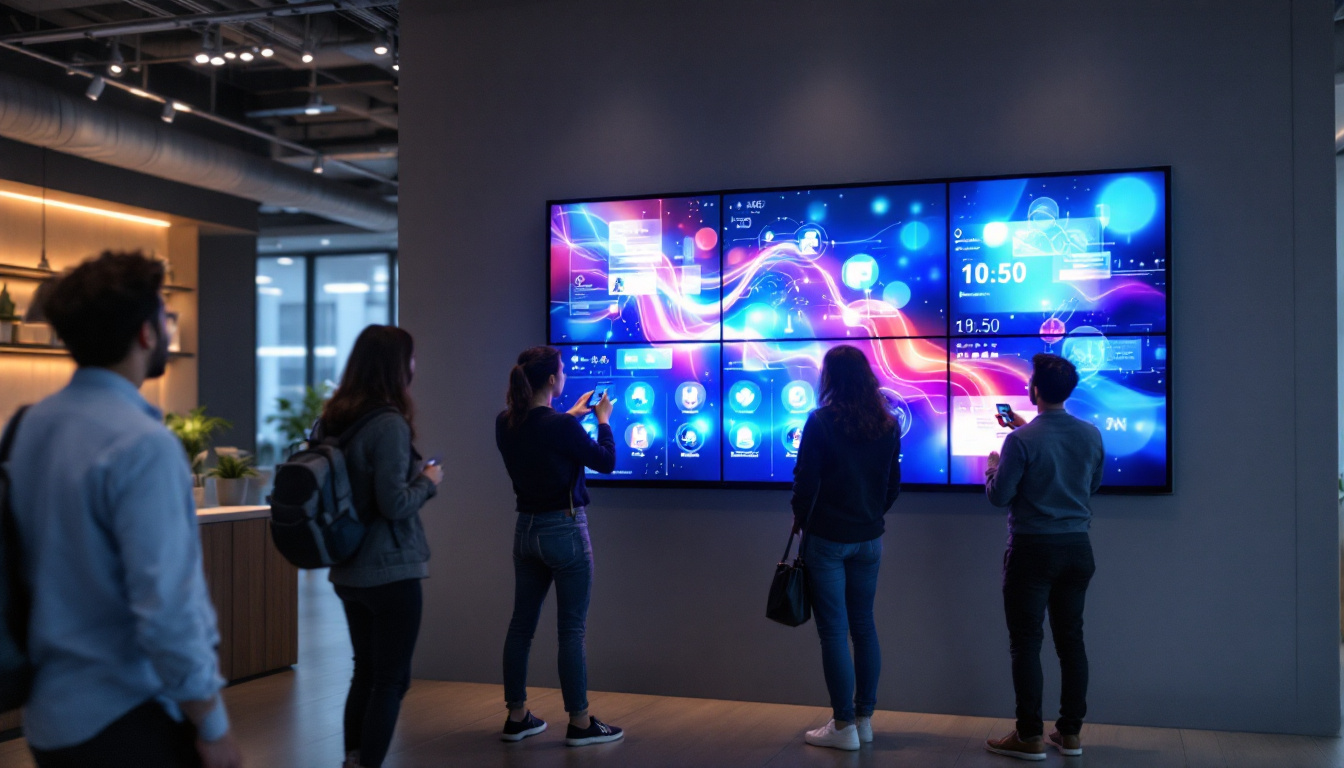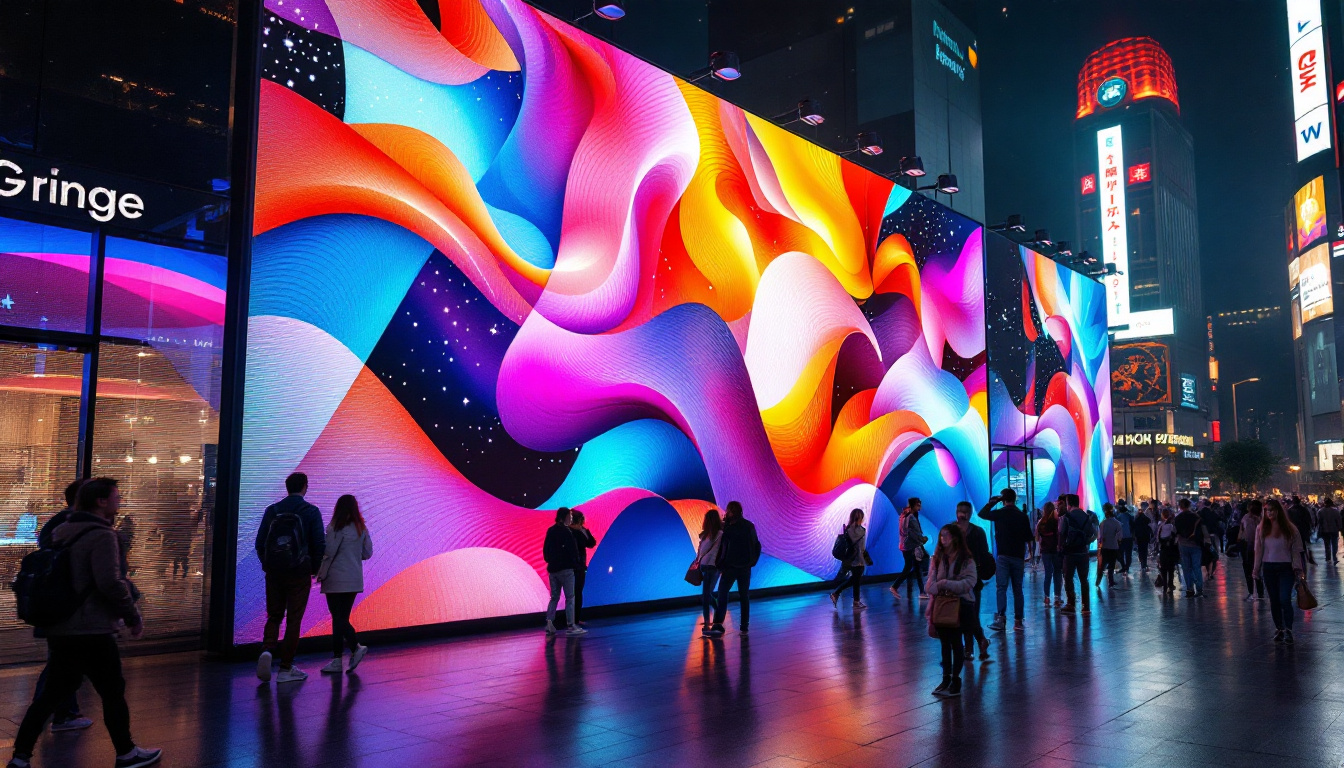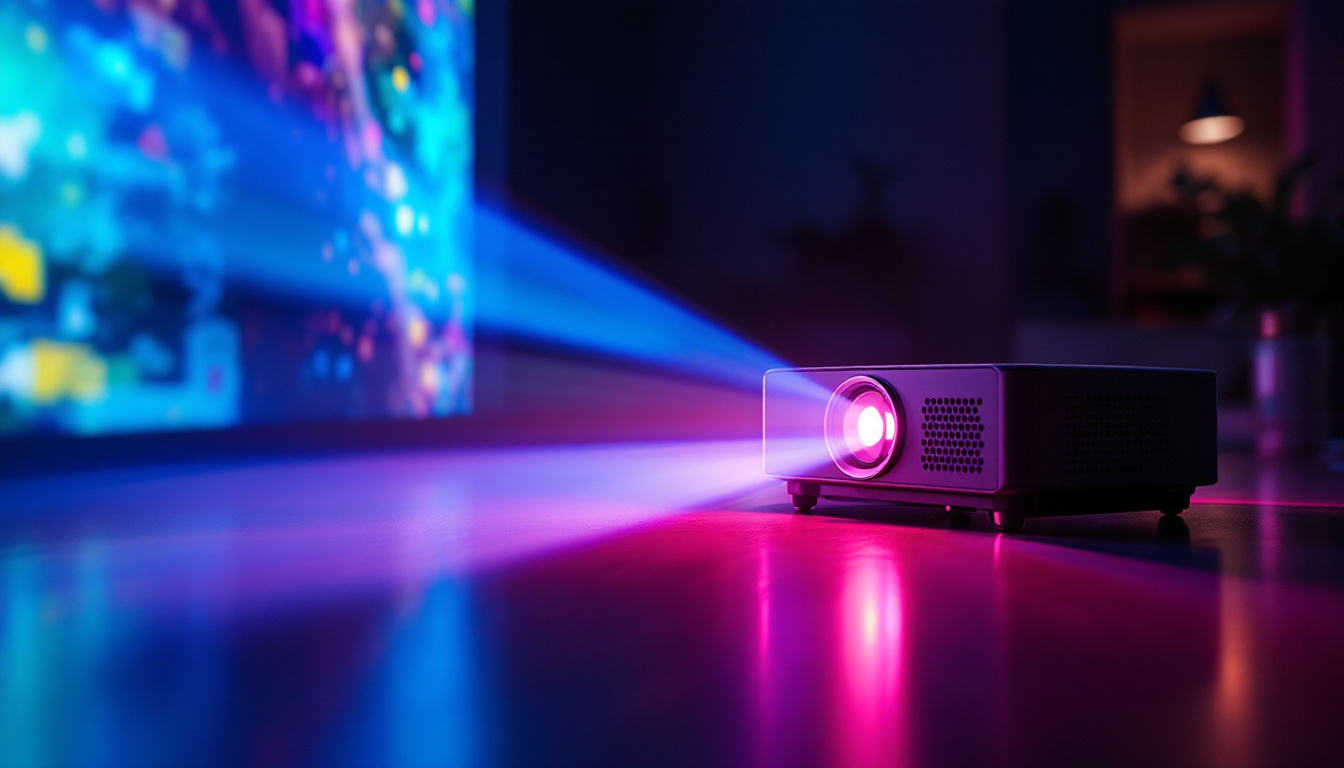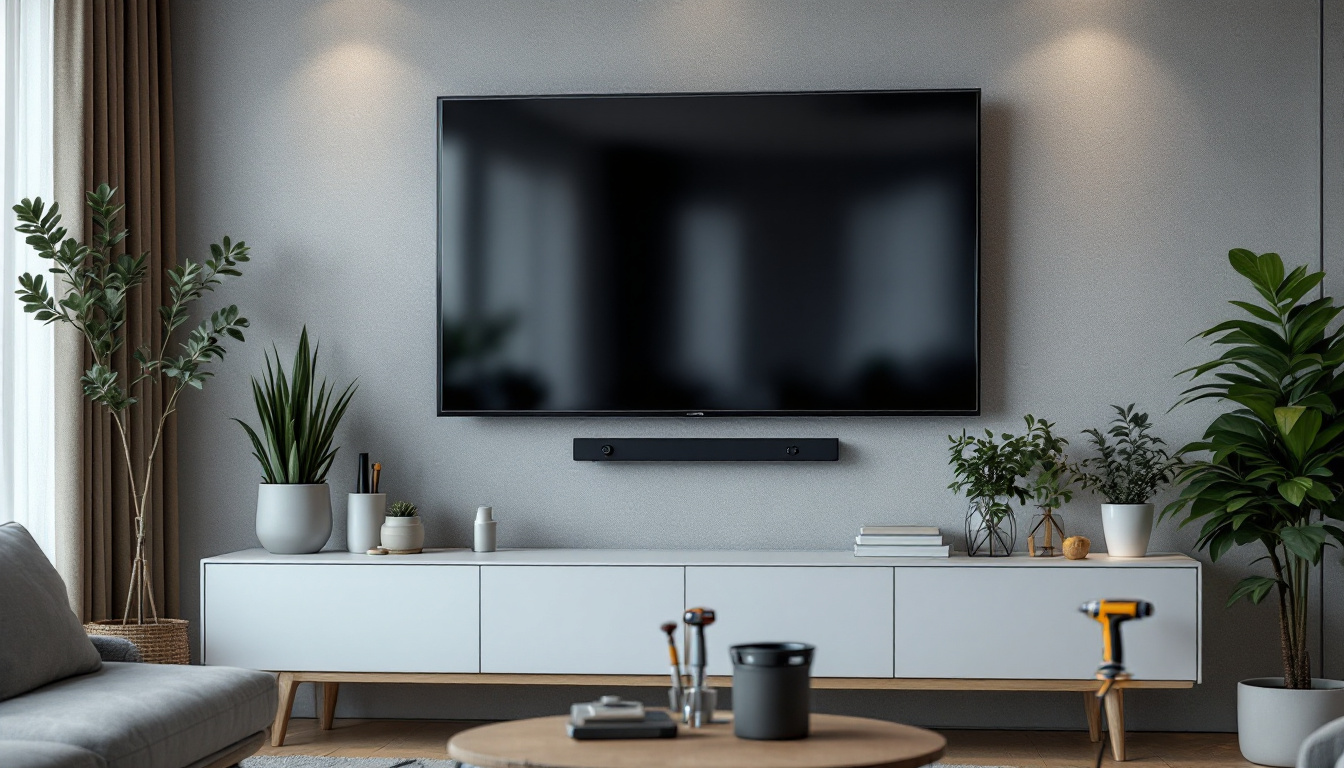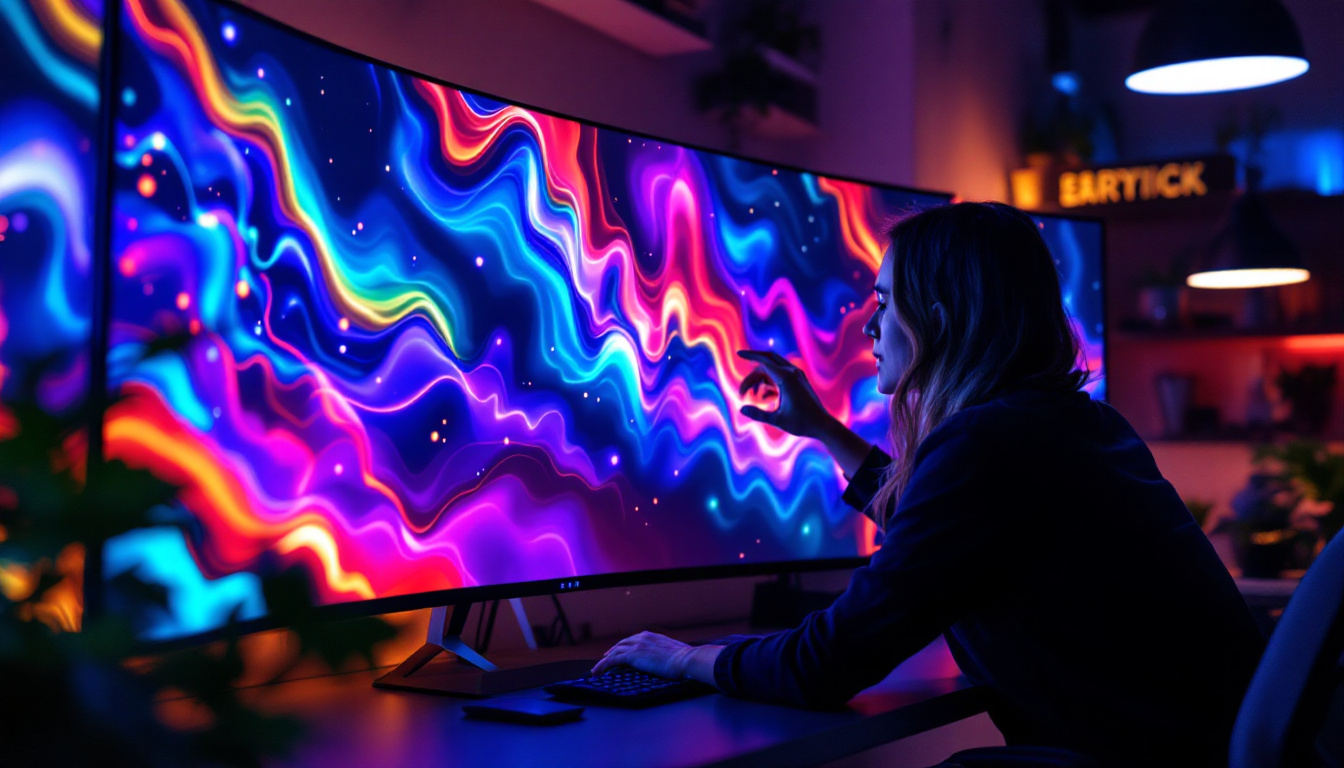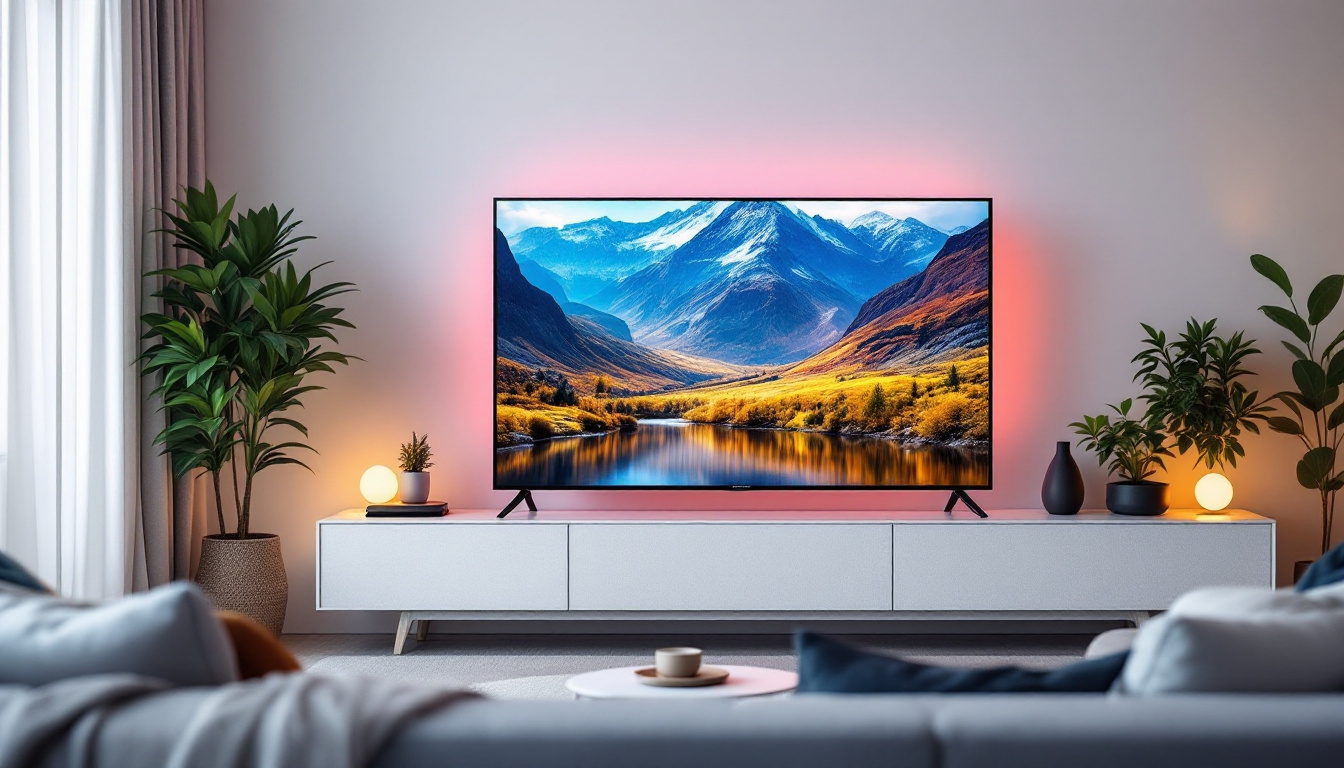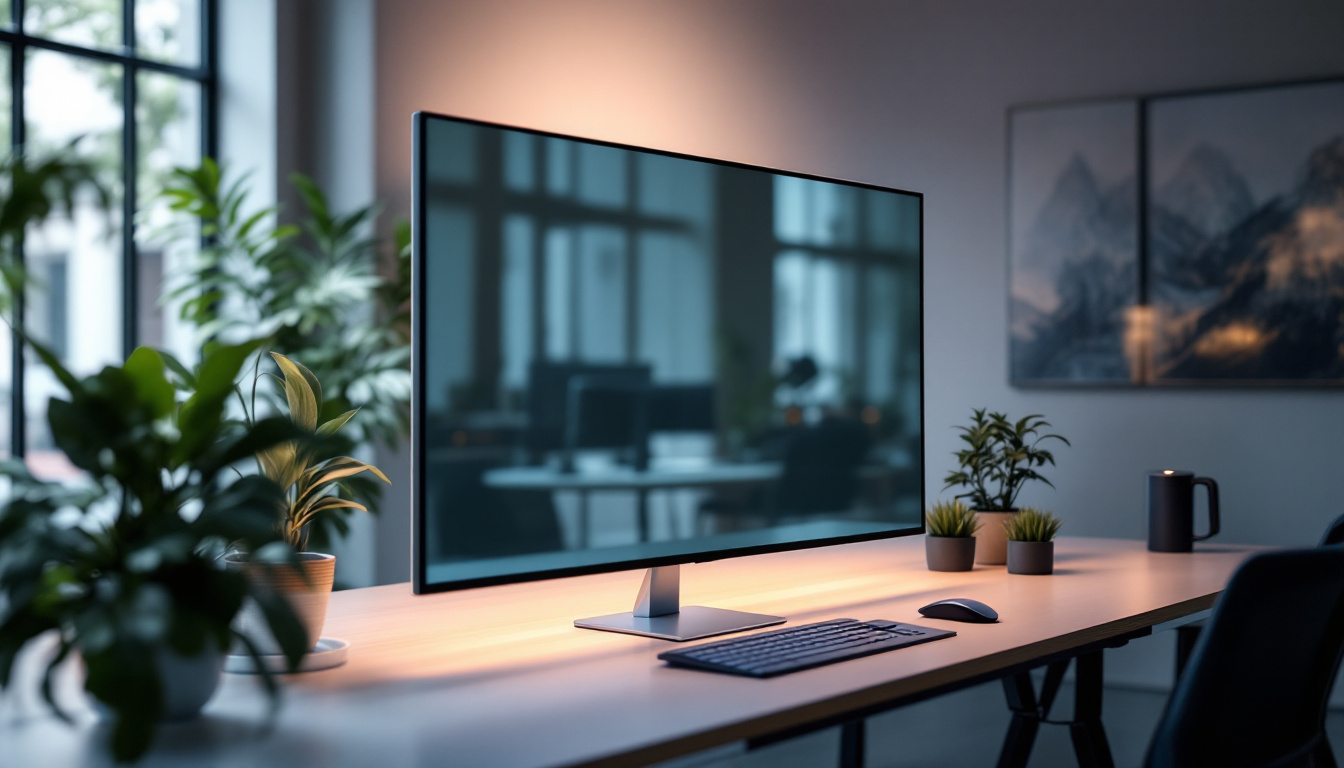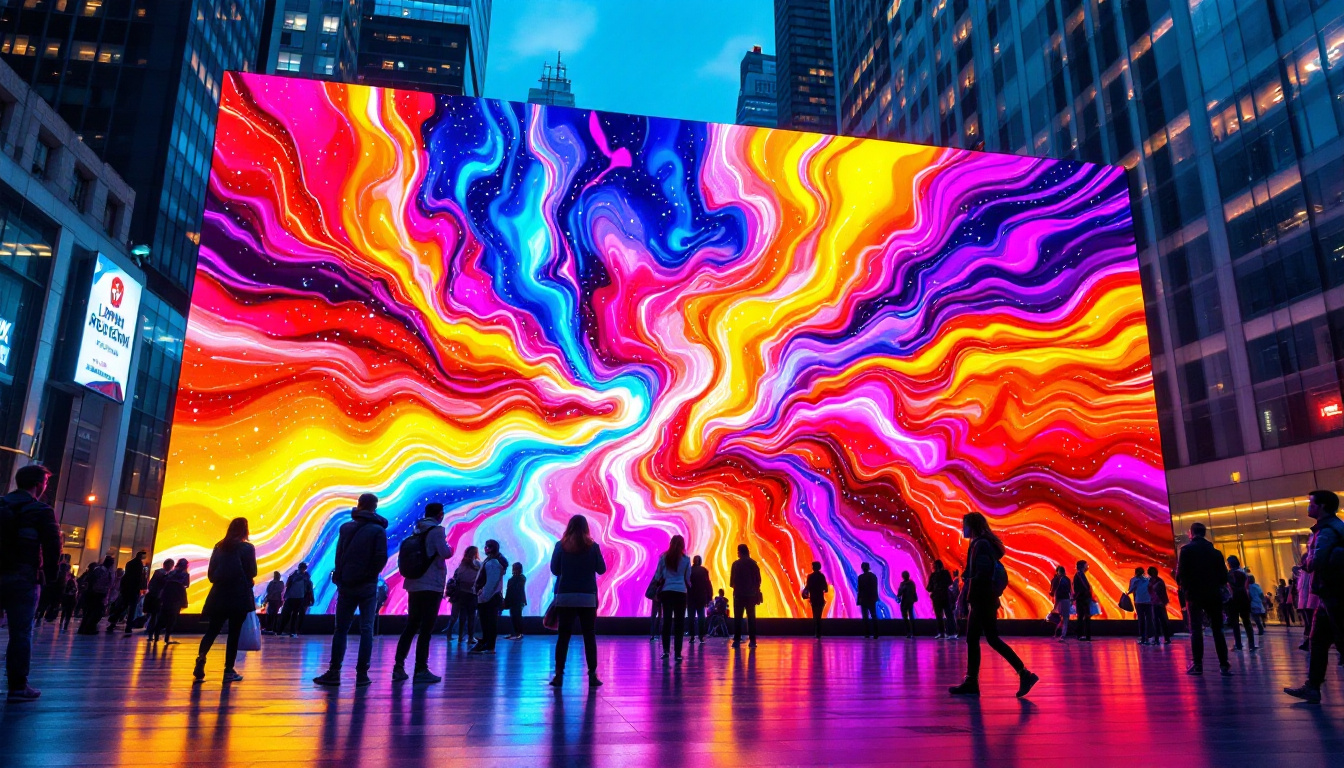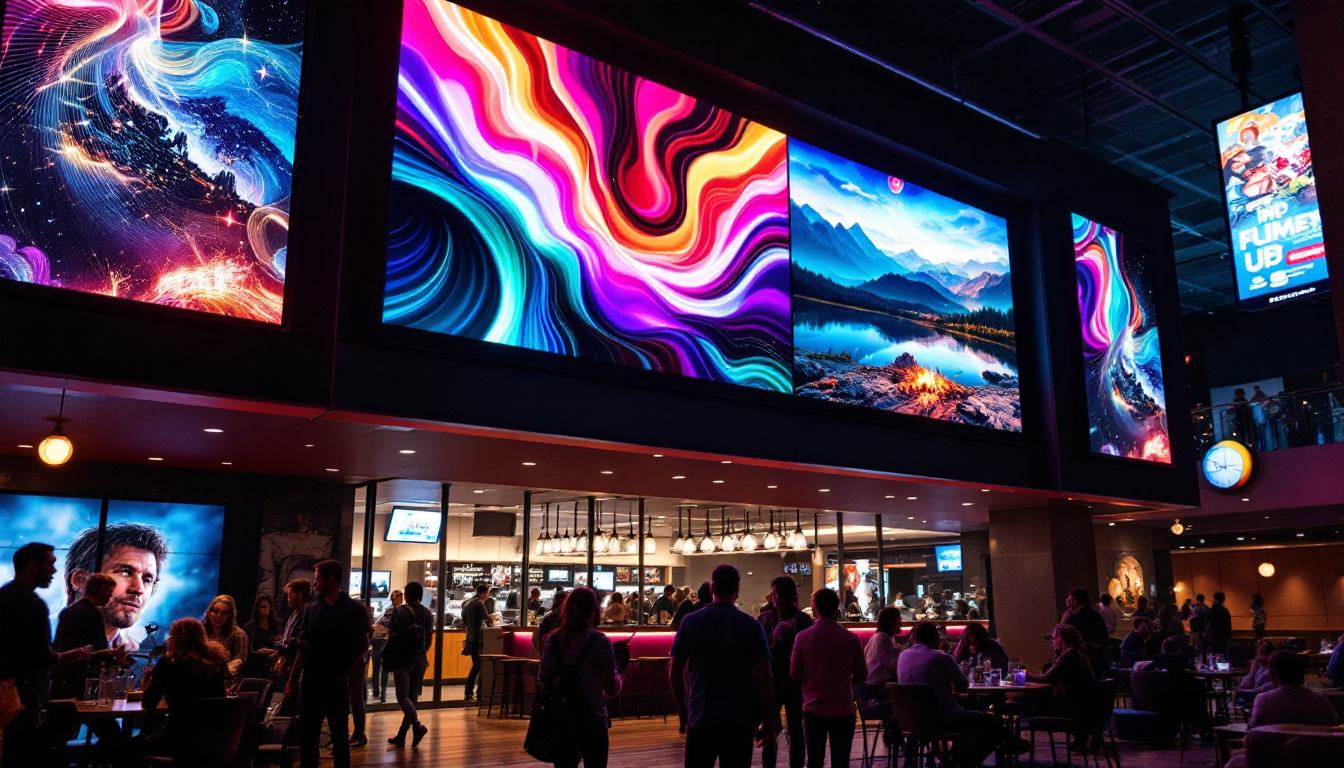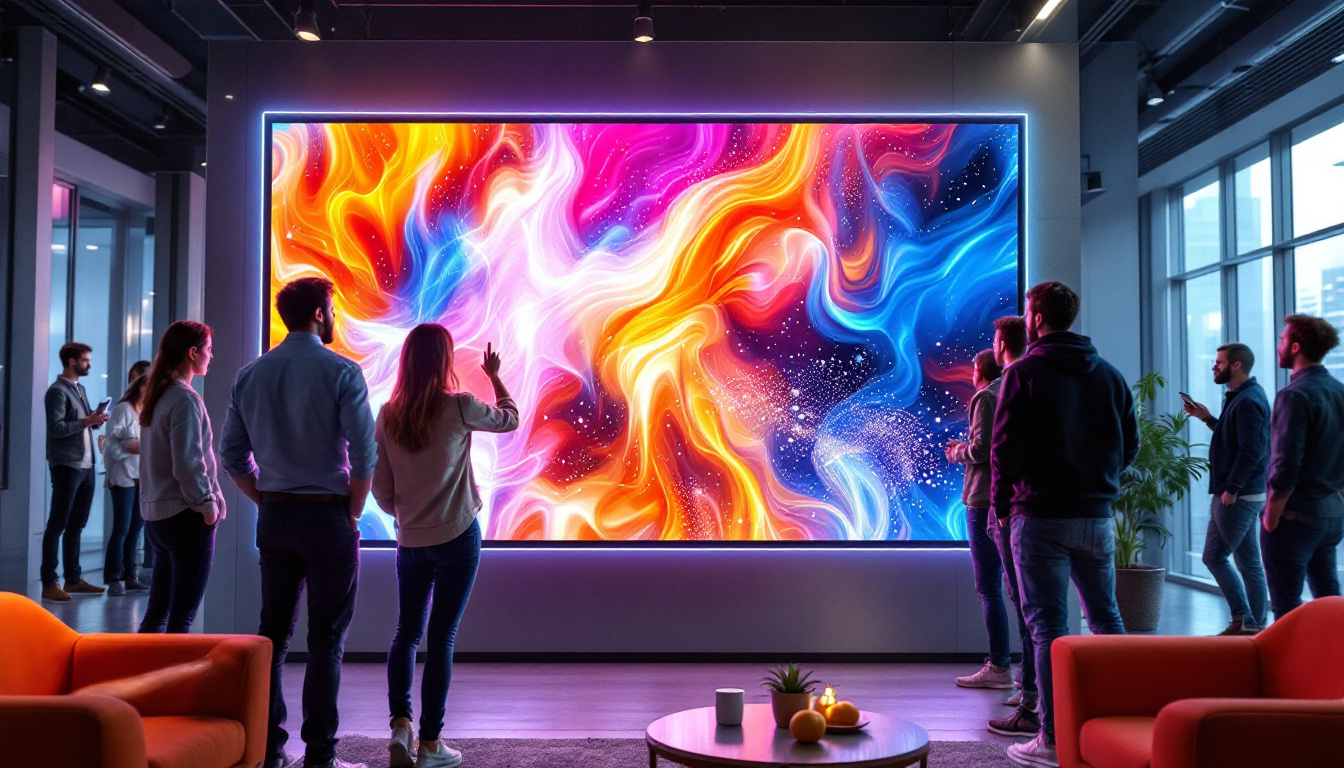In the world of digital displays, LED technology has revolutionized the way visual information is presented. Among the various specifications that define the quality of LED displays, pixel size plays a crucial role. This article delves into the concept of pixel small, exploring its implications, advantages, and applications in modern displays.
Understanding LED Displays
Light Emitting Diodes (LEDs) have become the cornerstone of modern display technology. Their ability to produce bright, vibrant images while consuming less power has made them a preferred choice for various applications, from televisions to large outdoor billboards.
What is an LED Display?
An LED display is a flat panel display that uses an array of light-emitting diodes to create images. These displays can be categorized into several types, including direct view, backlit, and organic LED (OLED). Each type has its own unique characteristics and applications, but they all share the fundamental principle of using LEDs to emit light. Direct view LED displays are often used in large-scale outdoor advertising due to their brightness and visibility in direct sunlight, while OLED displays are favored for their superior color accuracy and contrast in consumer electronics.
How LED Displays Work
LED displays operate by illuminating pixels, which are the smallest units of a digital image. Each pixel typically consists of three sub-pixels—red, green, and blue (RGB)—that combine to produce a wide spectrum of colors. The intensity of each sub-pixel can be adjusted to create different shades and hues, allowing for detailed and colorful images. This pixel-based approach not only enhances the visual experience but also enables advanced features like high dynamic range (HDR) imaging, which provides deeper blacks and brighter whites, further enriching the viewing experience.
Advantages of LED Displays
LED displays offer several advantages over traditional display technologies, such as LCD and CRT. They provide better contrast ratios, faster refresh rates, and wider viewing angles. Additionally, LED displays are more energy-efficient, which contributes to lower operational costs and a reduced environmental footprint. The longevity of LED technology is another significant advantage; many LED displays can last over 50,000 hours, making them a cost-effective solution in the long run. Furthermore, their lightweight and slim design allows for flexible installation options, making them ideal for a variety of settings, from homes to corporate environments and public spaces.
Another noteworthy aspect of LED displays is their adaptability to different environments and uses. For instance, in retail settings, LED displays can be used for dynamic advertising, showcasing promotions or new products in real-time. In sports arenas, large LED screens enhance the spectator experience by providing instant replays and live statistics. Moreover, advancements in technology have led to the development of flexible LED displays, which can be bent or shaped to fit unconventional spaces, opening new avenues for creative design in architecture and art installations.
The Importance of Pixel Size
Pixel size is a critical factor in determining the quality of an LED display. It refers to the physical dimensions of each pixel on the screen, which directly affects the display’s resolution and clarity. Smaller pixels can pack more detail into the same screen size, leading to sharper images and better overall performance.
Defining Pixel Pitch
Pixel pitch is the distance between the centers of two adjacent pixels, typically measured in millimeters. A smaller pixel pitch indicates a higher pixel density, which means more pixels are present in a given area. This results in improved image quality, especially when viewed up close.
Impact on Image Quality
The impact of pixel size on image quality cannot be overstated. Displays with smaller pixel pitches can render finer details, making them ideal for applications where clarity is paramount, such as in digital signage, high-definition televisions, and professional video walls. Conversely, larger pixel pitches may lead to visible pixelation, especially when viewed from a close distance.
Choosing the Right Pixel Size
Selecting the appropriate pixel size for a specific application involves considering the viewing distance and the intended use of the display. For instance, a display meant for a large auditorium or stadium may utilize a larger pixel pitch, as viewers will typically be seated further away. In contrast, displays used in retail environments or control rooms, where viewers are closer, would benefit from a smaller pixel pitch.
Applications of Small Pixel Displays
Small pixel displays have found their way into a variety of applications across different industries. Their ability to deliver high-quality visuals makes them suitable for numerous environments.
Digital Signage
One of the most prominent applications of small pixel displays is in digital signage. Retailers, airports, and event venues utilize these displays to convey information, advertisements, and engaging content. The high resolution and clarity of small pixel displays ensure that messages are communicated effectively, even from a distance.
Broadcasting and Media
In the broadcasting industry, small pixel displays are essential for creating immersive viewing experiences. Television studios and control rooms often employ high-resolution LED screens to monitor live feeds and graphics. The precision and detail provided by small pixel displays enhance the overall production quality.
Events and Exhibitions
Events and exhibitions frequently utilize small pixel displays to create captivating visual experiences. From trade shows to concerts, these displays can be configured into large video walls, providing stunning visuals that draw attention and engage audiences. The flexibility and scalability of small pixel displays make them ideal for dynamic environments.
Technological Advancements in LED Displays
The field of LED display technology is continually evolving, with advancements aimed at improving performance, efficiency, and versatility. Several key innovations have emerged in recent years that enhance the capabilities of small pixel displays.
MicroLED Technology
MicroLED technology represents a significant leap forward in display innovation. Unlike traditional LED displays, which use larger diodes, microLED displays utilize tiny, self-emissive LEDs that can be arranged in various configurations. This technology allows for even smaller pixel sizes, resulting in exceptional image quality and brightness.
Flexible and Transparent Displays
Another exciting development in LED technology is the creation of flexible and transparent displays. These displays can be bent or shaped to fit unique environments, making them ideal for innovative applications in architecture and design. Transparent displays, in particular, open up new possibilities for interactive advertising and information sharing.
Improved Energy Efficiency
As sustainability becomes increasingly important, advancements in energy efficiency are a key focus for LED display manufacturers. New technologies are being developed to reduce power consumption without compromising performance. This not only lowers operational costs but also contributes to a greener future.
Challenges and Considerations
While small pixel displays offer numerous advantages, they also come with challenges that must be addressed. Understanding these challenges is essential for making informed decisions when selecting and deploying LED technology.
Cost Implications
One of the primary challenges associated with small pixel displays is the cost. High-resolution displays with smaller pixel pitches tend to be more expensive due to the complexity of manufacturing and the materials used. Organizations must weigh the benefits of improved image quality against the financial investment required.
Heat Management
As with any electronic device, heat management is a critical consideration for LED displays. Smaller pixel sizes can lead to increased heat generation, which can affect performance and longevity. Proper cooling solutions and thermal management strategies must be implemented to ensure optimal operation.
Maintenance and Lifespan
Maintaining small pixel displays can be more challenging than larger displays. The intricate nature of the technology requires specialized knowledge for repairs and maintenance. Additionally, while LED technology is known for its longevity, the lifespan of small pixel displays can be influenced by factors such as usage patterns and environmental conditions.
Future Trends in LED Display Technology
The future of LED display technology is promising, with several trends on the horizon that are likely to shape the industry. As technology continues to advance, new possibilities for small pixel displays will emerge.
Integration with Smart Technology
As smart technology becomes increasingly prevalent, the integration of LED displays with IoT devices and smart systems is expected to grow. This will enable more interactive and responsive displays that can adapt to their environment and user preferences, enhancing the overall experience.
Augmented and Virtual Reality
The rise of augmented reality (AR) and virtual reality (VR) is another trend that will influence the development of LED displays. Small pixel displays with high resolution will play a crucial role in creating immersive environments for AR and VR applications, allowing for more lifelike experiences.
Enhanced User Experience
As the demand for engaging content increases, the focus on enhancing user experience will drive innovation in LED display technology. Features such as improved color accuracy, higher refresh rates, and better contrast ratios will become standard as manufacturers strive to meet consumer expectations.
Conclusion
In summary, pixel small and LED display technology are integral to the evolution of visual communication. Understanding the significance of pixel size, the advantages of small pixel displays, and the latest technological advancements is essential for anyone involved in the industry. As LED technology continues to advance, the potential for new applications and improvements in image quality will only expand, paving the way for even more innovative uses in the future.
The ongoing development in LED displays promises to enhance the way information is shared and experienced, making it an exciting time for both consumers and professionals alike. Whether in digital signage, broadcasting, or immersive experiences, the impact of small pixel displays is undeniable and will continue to shape the visual landscape for years to come.
Discover the Future of LED Displays with LumenMatrix
Ready to elevate your visual communication with the latest in LED display technology? Look no further than LumenMatrix, a pioneer in crafting LED display modules that transform spaces and captivate audiences. From the immersive Indoor LED Wall Display to the dynamic Outdoor LED Wall Display, and from the innovative Vehicle LED Display to the sleek LED Poster Display, LumenMatrix offers a comprehensive range of solutions tailored to your needs. Experience the future of engagement with our LED Sports Display, Floor LED Display, Custom LED Display, All-in-One LED Display, and LED Transparent Display. Embrace the revolution in visual storytelling with LumenMatrix and ensure your message resonates with clarity and impact. Check out LumenMatrix LED Display Solutions today and join the forefront of digital signage innovation.

